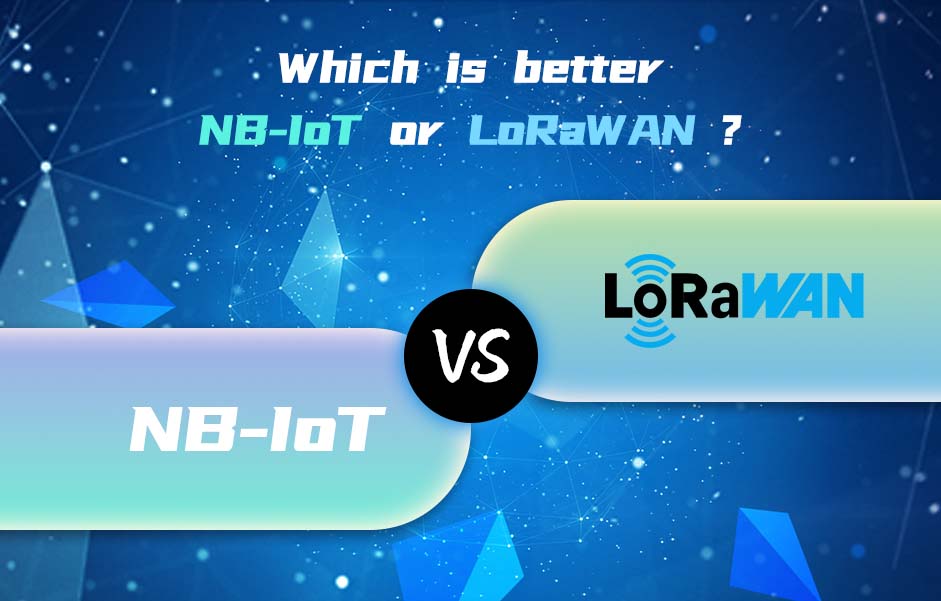Making Wireless IoT Project Easy, Smart, Secure.
GET A FREE SAMPLEAs the Internet of Things (IoT) continues to expand across industries, Low Power Wide Area Networks (LPWAN) have become the backbone for enabling devices to communicate over long distances with minimal power consumption. Two of the most popular LPWAN technologies are Narrowband IoT (NB-IoT) and LoRaWAN (Long Range Wide Area Network). Both offer distinct advantages and are suited for different use cases, so how do you choose the most suitable one for your application?

LoRaWAN's long-range magic or NB-IoT's cellular precision? Whichever you deploy, prepare for next-level IoT performance.
What is NB-IoT?
Narrowband IoT (NB-IoT) is a cellular-based LPWAN technology designed to provide low power, wide coverage, and a high number of connected devices. It operates in licensed cellular bands (e.g., LTE bands) and is standardized by the 3rd Generation Partnership Project (3GPP), which ensures a high level of reliability and security.
What is LoRaWAN?
LoRaWAN is another LPWAN technology that operates in unlicensed radio frequency bands. It is an open-source protocol designed for long-range, low-power wireless communication. Unlike NB-IoT, LoRaWAN doesn't rely on cellular networks and uses a decentralized network model, where communication can be done through gateways deployed by either private or public operators.
When to Choose NB-IoT?
Limitations:NB-IoT typically involves higher module and subscription costs, relies on existing cellular infrastructure, and has moderate power consumption—better than LTE but not as efficient as LoRaWAN
When to Choose LoRaWAN?
Limitations:LoRaWAN offers slower data rates (making it less suitable for frequent transmissions), lacks native mobility support, and operates in unlicensed spectrum, which may lead to potential interference.
Final Verdict
Pick NB-IoT if you need high reliability, mobility, or cellular integration (e.g., smart cities, wearables).
Pick LoRaWAN if you need long battery life, low cost, or private networks (e.g., smart farming, industrial sensors).
Both NB-IoT and LoRaWAN have their strengths and are well-suited for specific types of IoT applications. The choice between them will depend on factors such as network coverage, power requirements, cost, and the level of data transmission needed for your project. By understanding the key differences, you can select the best LPWAN technology to suit your unique requirements.
Copyrights© Shenzhen Skylab Co.,LTD All Rights Reserved.

